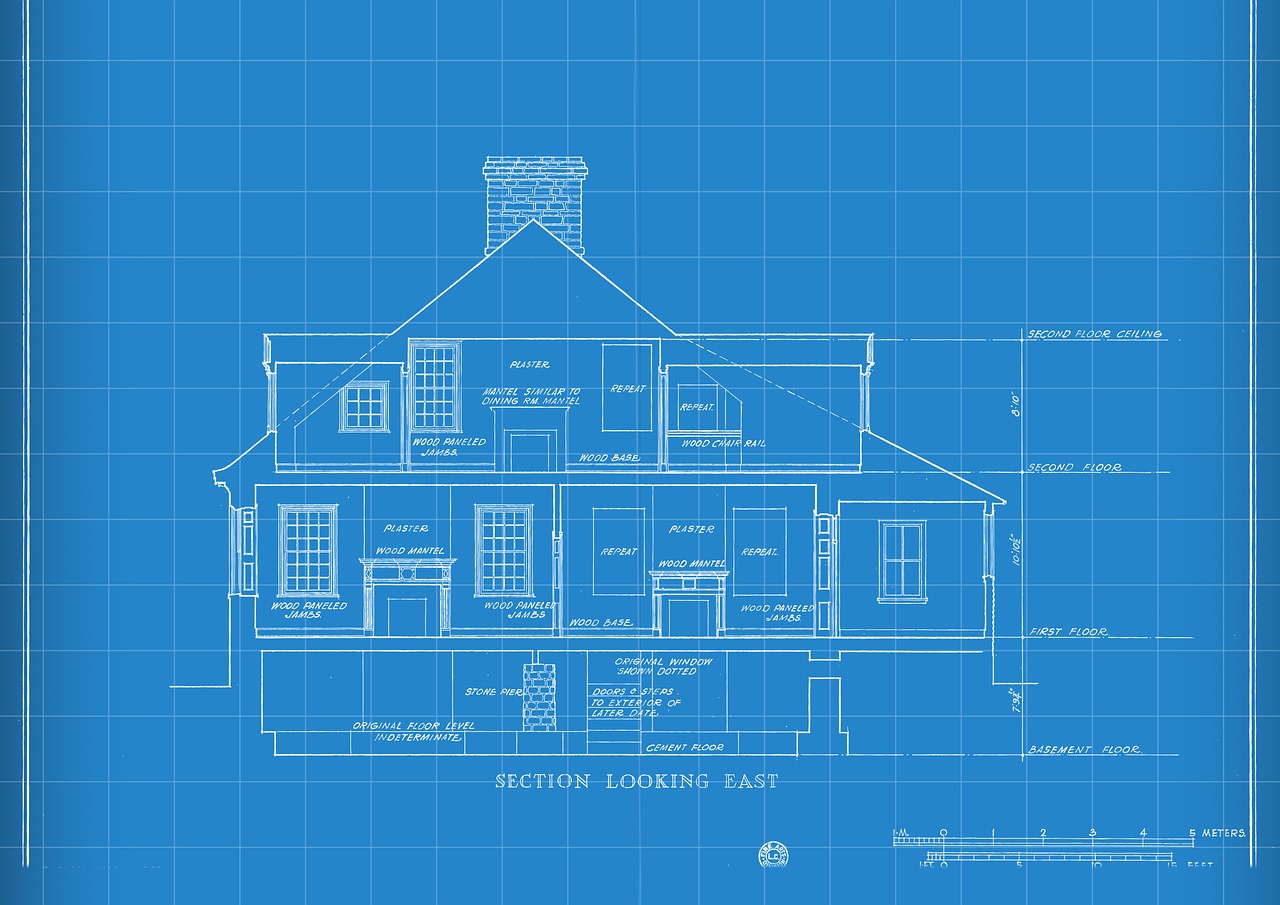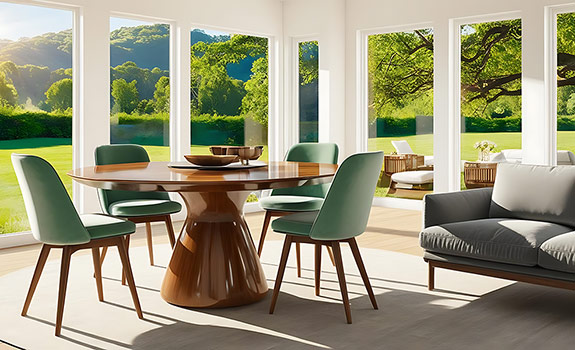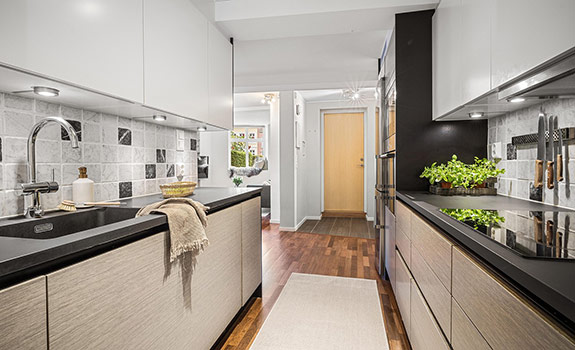A renovation project is always an exciting experience. Whether it involves the entire house or a single room, and whether it aims at increasing the property value or just achieving long-desired home improvements, there are however various factors to be taken into serious consideration before starting its implementation.
Good planning is the key to a good result! To help you successfully accomplish your renovation plans and make the renovation process easier and better organized, we are offering here a few useful tips to consider.
Goals
It would be wise to take clear decisions about the goals of your renovation project right from the start. You need to be quite specific on two major issues here:
- Are you planning to renovate the entire house or only particular premises and spaces therein (if so, which ones, precisely)?
- What do you wish to eventually achieve – increase the market value of your property or make long-due home improvements?
If you’re planning to renovate, ask yourself relevant questions before setting your goals. In this way, you can set realistic goals with a lower risk of failure. For instance, if you’re planning to increase your house’s marketability and sell in a few years, you need to choose to renovate your home based on market demands. It would be a waste of time and resources if prospective buyers lose interest on account of the result of the renovation.
It would help to list down your short- and long-term renovation goals. If ever there would be some changes, you can easily check your notes. Keep in mind that even seemingly minor changes can affect the cost and impact of your renovation project. Hence, sticking to your original goals is crucial if you already started the project. If you haven’t started the renovation work yet, then you can make changes anytime and as much as you want.
Making up your mind about that is a very important step towards the success of your renovation project. It will help you start off on the right foot and avoid mistakes when renovation works are already on the go. Miss that, and you may soon find yourself in a situation where initial aims get forgotten, design gets altered, costs get higher and the entire endeavor gets stuck.
When goals have been clearly set and with proper design blueprints on the table, it’s time to address some practical key issues.
Deadlines
You need to set a realistic deadline to your project and do your best to stick to it. Otherwise you may end up experiencing a never-ending nightmare of having your home and life turned upside-down and find yourself living on a never-to-be-closed construction site rather than in your dream home. So, here are a few things to think about:
- Carefully plan the sequence of renovation works, to avoid situations where something newly done shall have to be undone only because something else had to be done first.
- Set a deadline for each stage of the renovation works and make sure it’s met. It would be however good to allow a few extra days, in case some unexpected difficulties occur. Sometimes, these can be entirely out of your control!
- Make sure you are well aware of and clear about the required time each technological process involved takes. You wouldn’t want to see paint peeling off the walls of your newly renovated home just a week after it’s all has been finished, would you now?!
- Take also into consideration the time needed for the deliveries of the required construction materials, of household appliances, furniture and interior design items.
Budget
Setting goals and deadlines for your renovation project is, of course, strongly recommended and quite necessary so, but to make sure it will all happen as planned and wished for, there’s one crucial issue to take care of. Secure the money! And make sure you do it well in advance!
So, let’s see what needs to be done in order to set up a proper budget for your renovation project:
- Start with being honest about how much money you can actually afford.
- Make careful calculations based on the set goals.
- Calculate direct tangible costs, based on average market prices.
- Take into consideration the cost of services provided by contractors and alike parties (you can’t avoid those, anyway!).
- Include also costs, such as those for obtaining required permits, municipality fees, etc.
- Add at least 10% extra funds to cover any unexpected expenses.
One last advice here: Avoid using the renovation budget for covering other payments! Best you could do is to set up a separate bank account, for the project money only, and use it as intended.
DIY or Hire a Professional
Do you feel confident enough about having the right knowledge and skills to be able to design and implement the renovation project yourself? Or, would you rather hire professionals? Well, it would be perhaps wise to show some common sense here and take into consideration the good judgement of savvy experts, like those at HomeHow. Considering the works and actions involved in the renovation project, you’ll need to decide which ones you can take up on yourself and which ones you should hire a professional for.
If you are to hire a professional:
- Do some research first and even ask around the neighbourhood;
- Send out inquiries to several potential candidates;
- Never accept the lowest or the highest offer;
- Check the credentials of the professional you’ve chosen to work with;
- Meet and discuss work in details;
- Sign a legally binding contract.
If you believe yourself quite capable of doing things yourself:
- Do some research and advice on how it’s (or should be) properly done;
- Assess your skills and be honest about whether or not you can handle the job;
- Consider safety and assess the risks involved;
- Make sure you have the right equipment;
- Consider time (undertaking a DIY-project is often too much time consuming!).
Style
One would think style is the “last thing” to consider when undertaking a serious renovation project. But it would be a mistake! Style should be actually among the first decisions to be made about since you’ll be deciding on the final look renovation works are expected to lead to. Interior design style shows not just in the throw pillows on the sofa or the curtains on the windows. It spreads over construction materials, structural and architectural elements, fittings, joinery, appliances, furniture, etc. You see now why it is important to address the “style-issue” early enough.
Here are a few helpful tips on the matter:
- Choose one predominant style and try to showcase its main features in any aesthetical way possible and on all levels.
- Avoid exaggerating! Too much is a lack of taste.
- Be bold to “play” with shapes, colors and textures.
- Introduce elements of entirely contrasting styles.
- Be practical. Never choose looks over functionality. Rather, make sure you get the best of both “worlds”.
- Get creative – salvage, restore and repurpose the available.
- Personalize the style of your choice.








